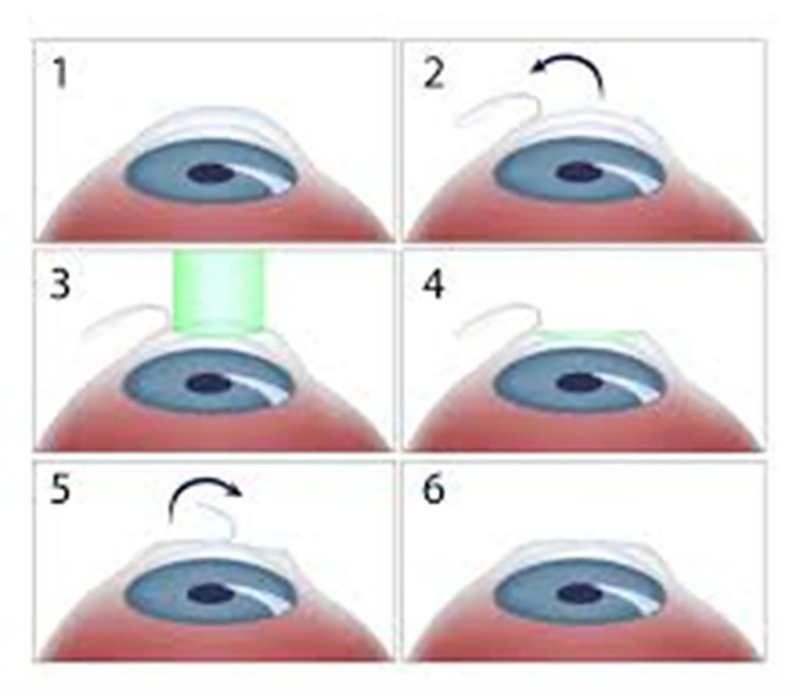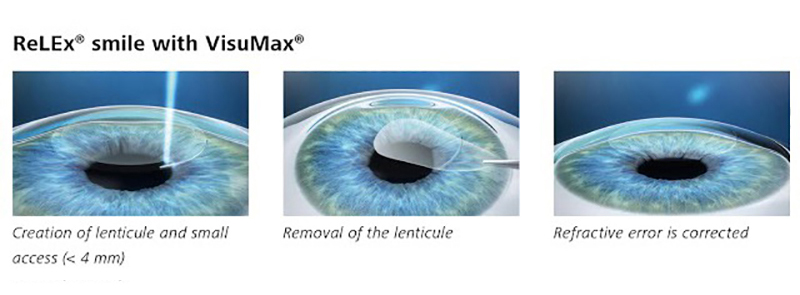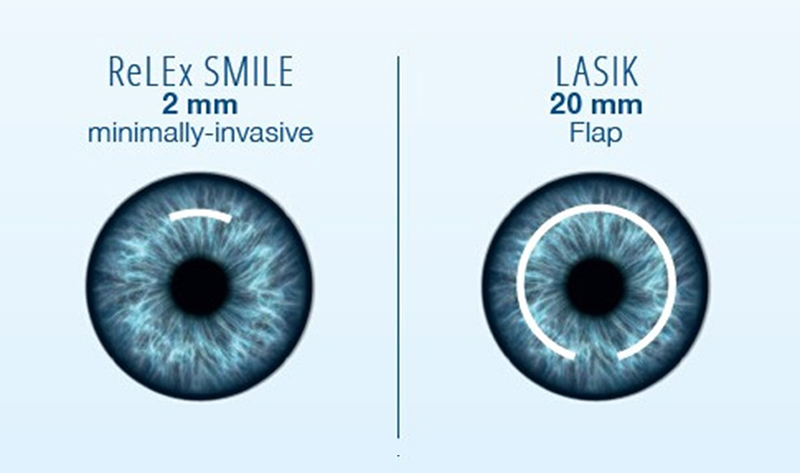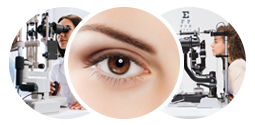

Refractive surgery encompasses various procedures aimed at correcting vision by reshaping the cornea, reducing or eliminating the dependence on glasses or contact lenses. Common refractive errors that can be corrected include myopia (nearsightedness), hyperopia (farsightedness), astigmatism, and presbyopia.
These surgeries use advanced laser or micro-surgical techniques to reshape the cornea, improving how light is focused on the retina. Understanding the indications, different procedures available, possible risks, and what to expect can help potential candidates make an informed decision.
Candidates for refractive surgery typically include individuals who:
Proper preparation before refractive surgery is essential to ensure the best possible outcomes and minimize complications. The following steps are typically recommended:
There are several types of refractive surgery, with the most common being TransPRK, Femto LASIK, and SMILE. Each technique has its unique advantages and considerations, and the choice depends on factors such as corneal thickness, lifestyle, and specific vision correction needs.




Following refractive surgery, adherence to post-operative care is crucial for optimal healing and vision outcomes. Key instructions include:
Refractive surgery offers a life-changing opportunity for vision correction. Understanding the different options—TransPRK, Femto LASIK, and SMILE—and their risks and benefits helps individuals make an informed choice. Consulting with an experienced ophthalmologist is crucial to selecting the best procedure based on eye health, lifestyle, and personal needs. With proper preoperative evaluation and postoperative care, most patients achieve excellent visual outcomes and long-term satisfaction.

We offer advanced treatments, expert consultations, and state-of-the-art technology to ensure your vision stays sharp and healthy. Book an appointment today and take the first step toward better eye health.